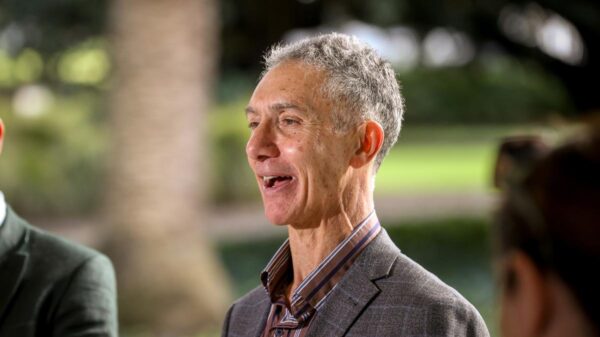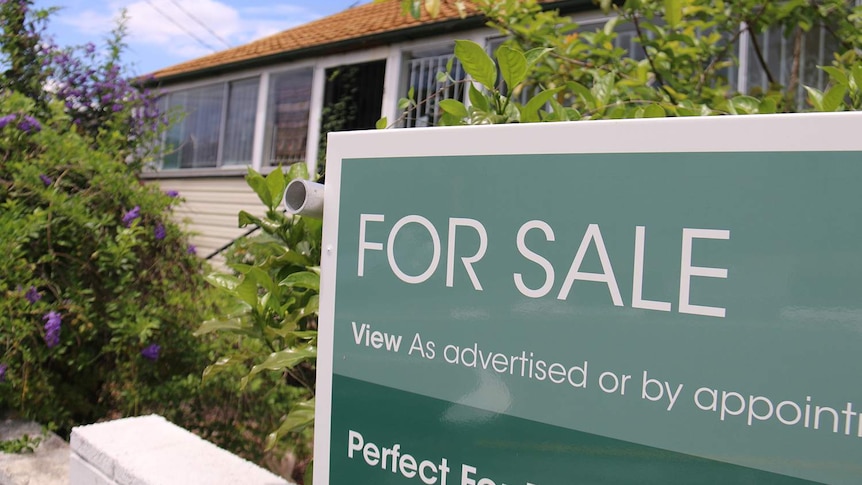Concerns about intergenerational wealth in Australia are gaining traction as prominent economists highlight the challenges ahead. In a recent speech in Sydney, former Reserve Bank deputy governor Guy Debelle underscored the significant wealth transfer from older generations to younger ones that is expected to unfold over the next two decades. He pointed out that managing this transition will be one of the country’s major challenges, particularly regarding superannuation and housing. “Superannuation and housing are possibly the ultimate embodiment of intergenerational issues in this country,” Debelle remarked.
Debelle’s comments echo findings from the Productivity Commission, which, in its 2021 report, emphasized that while Australia has seen robust growth in household wealth over the past two decades, this wealth has not been distributed evenly. The report noted that the wealth of the average older Australian has surged, particularly among retirees, who have experienced substantial increases in their assets, especially in housing.
To meet government housing targets, Debelle stated that Australia must create infill land approximately 26 times the size of Melbourne’s Central Business District each year. This staggering figure illustrates the scale of the challenge.
In its 2021 report, the Productivity Commission highlighted the role of housing wealth and the growth of superannuation balances in exacerbating the wealth gap between generations. It noted that older individuals tend to own more housing wealth and often inherit substantial assets from partners as they age. The report included a graphic demonstrating the rise in real house prices in Australia from 1970 to 2018, showcasing how these prices have outpaced income growth.
The Reserve Bank has also conducted research indicating that since the 1970s, the share of income going to capital owners has gradually increased, while the portion allocated to workers has declined. As a result, an estimated $5.4 trillion will transfer from older Australians to younger generations over the next 20 years, a figure updated by JBWere in July 2022. This increased wealth transfer raises ethical questions about the timing of inheritances, as many recipients will be well into middle age by the time they receive them.
The JBWere report pointed out that the average age for receiving an inheritance is now around 60 years. This trend can be traced back to changes in family dynamics, including the rising average age of parenthood and longer life expectancies. It raises questions about the financial needs of recipients at this stage in their lives, especially when compared to younger individuals who may benefit more from earlier support.
The conversation about wealth transfer has prompted discussions on the need for timely inheritances, the social benefits of older Australians downsizing their homes, and the implications of the current tax system. Former Treasury secretary Ken Henry previously warned about the deterioration of Australia’s tax system, expressing concerns that it threatens the social fabric. He identified housing, climate policy, and an over-reliance on taxing workers’ incomes as significant areas of policy failure.
Debelle echoed Henry’s sentiments, linking Australia’s housing and tax landscape to broader global economic trends. He cautioned that the political challenges observed in various countries, including the United States, stem from a failure to equitably distribute the benefits of economic policies.
In a related development, Cotality released its latest “Housing Chart Pack” data, revealing that property values in nearly half of Australia’s suburbs reached record highs by the end of June 2023. In Brisbane, almost 80 percent of suburbs recorded peak property prices, while the trend was similarly observed in Perth. According to the Commonwealth Bank of Australia‘s economics team, the uptick in property values since mid-February has been driven by recent interest rate cuts by the Reserve Bank.
Despite the positive outlook for property prices, consumer confidence in real estate investments remains low. A survey by Westpac-Melbourne Institute indicated that while expectations for rising property prices have increased, Australians are still gravitating towards safer investment choices, with 55 percent of respondents favoring bank deposits or debt repayment as their preferred savings strategy.
The prevailing sentiment reflects a growing concern about whether the anticipated rise in household wealth will ultimately benefit younger generations, as many grapple with the implications of delayed inheritances and escalating property values. As this national conversation unfolds, the impact on Australia’s economic landscape and social structure remains to be seen.





























































